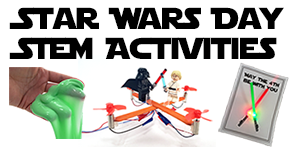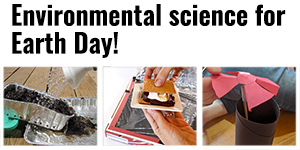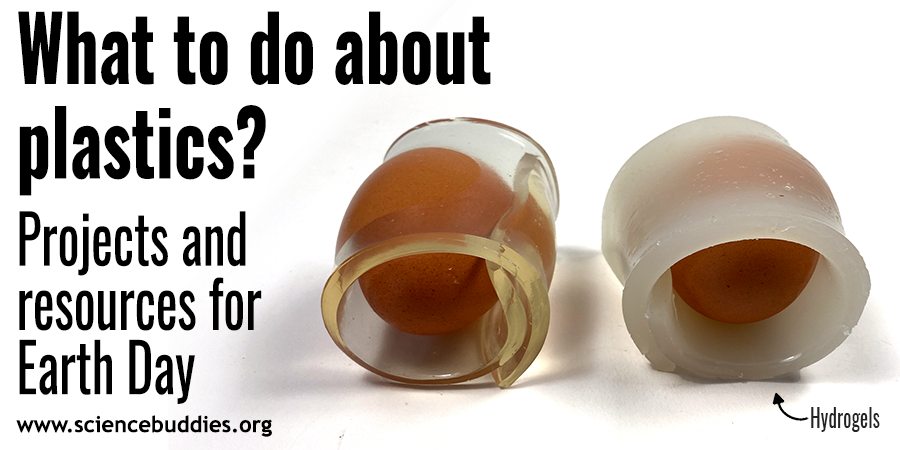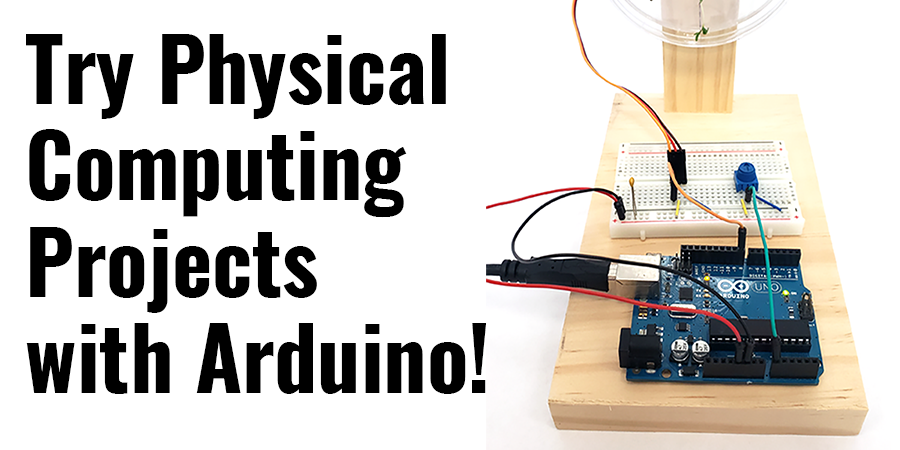Recognizing Clever Scientists
This year, Seagate and Science Buddies teamed up to sponsor and award the Seagate-Science Buddies Clever Scientist Award at various science fairs. At each fair, the "Clever Scientist" award honored the two most innovative science fair projects which used low-cost experimental techniques to answer challenging scientific or engineering questions.
"Doing more with less is one of the classic measures of creativity," says Science Buddies founder and CEO Ken Hess.
The following projects were recently selected for the Clever Scientist Award at the Santa Cruz County Science Fair, the Colorado Science and Engineering Fair, and the Minnesota State Science and Engineering Fair:
- Colored Light vs. Fog
Daniel Nugent
Summary: Daniel created a controlled fog generator which allowed him to study light absorption, specifically which color of light penetrates fog the best (e.g., fog lights for automobiles) but is, at the same time, tolerable for human eyesight.
- Decomposing Energy
Max Keller
Summary: Max's green project explored the use of home compost to generate heat energy. Max designed a system that featured aeration from a home fan, ventilation with PVC pipe, controlled moisture content, and an embedded water reservoir to measure heat change over time. - Pop Goes the Hairstrand
Kathryn Wied
Summary: Kathryn systematically tested groups of hair with varying types of shampoos to determine if shampoo helps increase the strength of hair.
- Parabolic Solar Desalination for the Developing World
Kelci Garcia
Summary: Tackling the shortage of drinking water in some developing coastal areas, Kelci developed a prototype of an 'E.T. (Energy Transfer) Dish' - "a parabolic mirror and steam generator with a heat exchanger." The E.T. Dish facilitates the condensation of steam and the production of fresh water.
- Earthquake Experiments
Zachary Ajax Zinn
Summary: The project involved the homemade earthquake shake tables which allowed observation and evaluation of the ways in which both horizontal and vertical shake affects buildings which have different structural components. - Can Kites Go Low?
Evan LR Karow
Summary: Evan built a wind tunnel, modeled after expensive high tech tunnels, out of cardboard, a fan, a rheostat, and a voltage meter. With the tunnel, and the ability to control the speed of the fan, Evan quantitatively compared 8 different kite designs to see which type of kite was capable of achieving lift with the least amount of wind.
Winners received a Maxtor One Touch III, 200 GB drive from Seagate and the opportunity to publish their project on Science Buddies website.
"By rewarding the authors and publishing these original, low-cost projects, we give other students across the country something that they can build and improve upon," says Hess.
Categories:
You Might Also Enjoy These Related Posts:
- Rubber Band Car Challenge Entries Cross the Finish Line!
- Tenth Annual Science Buddies Engineering Challenge Revealed
- 2023 Engineering Challenge Sees Record Participation
- Ninth Annual Science Buddies Engineering Challenge Announced with Support from EPAM Systems
- Best of STEM Resources in 2019
- Polymers Project Gets a Slime Update
- New Series of Science Buddies Books
- Science Buddies Annual Report: Supporting STEM Education









